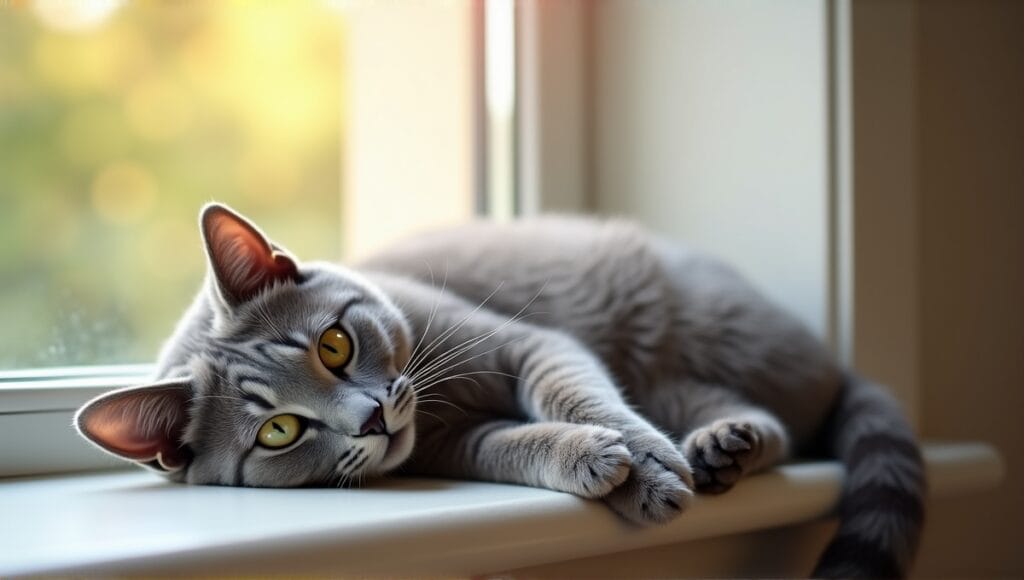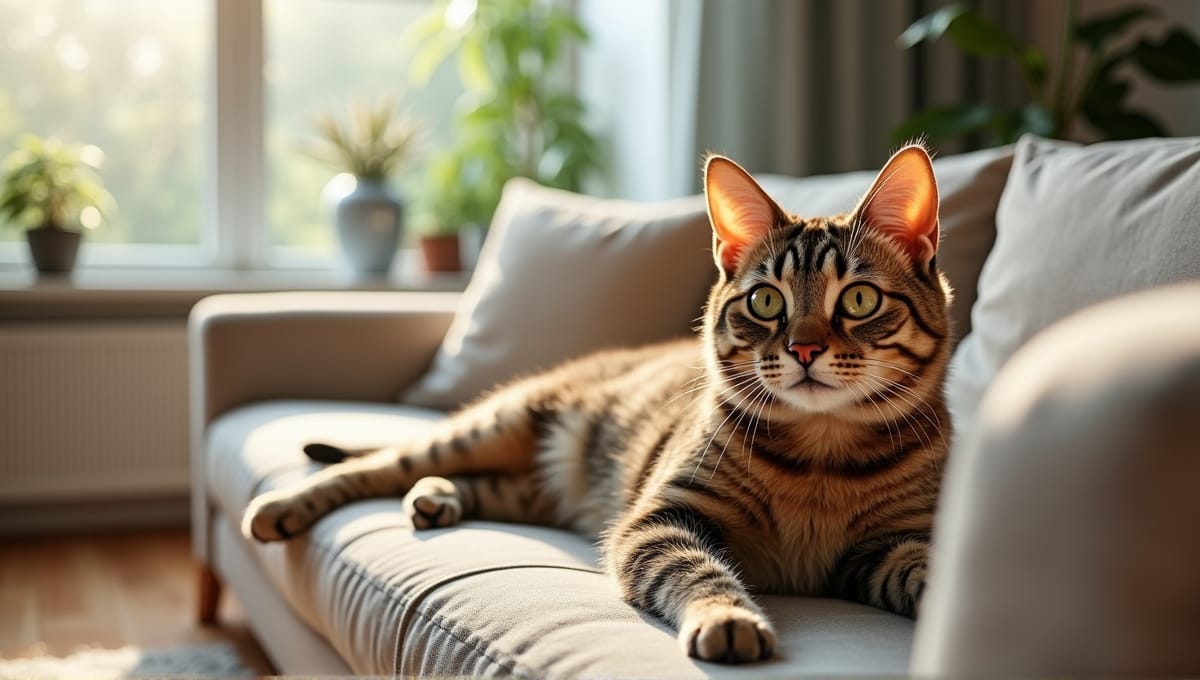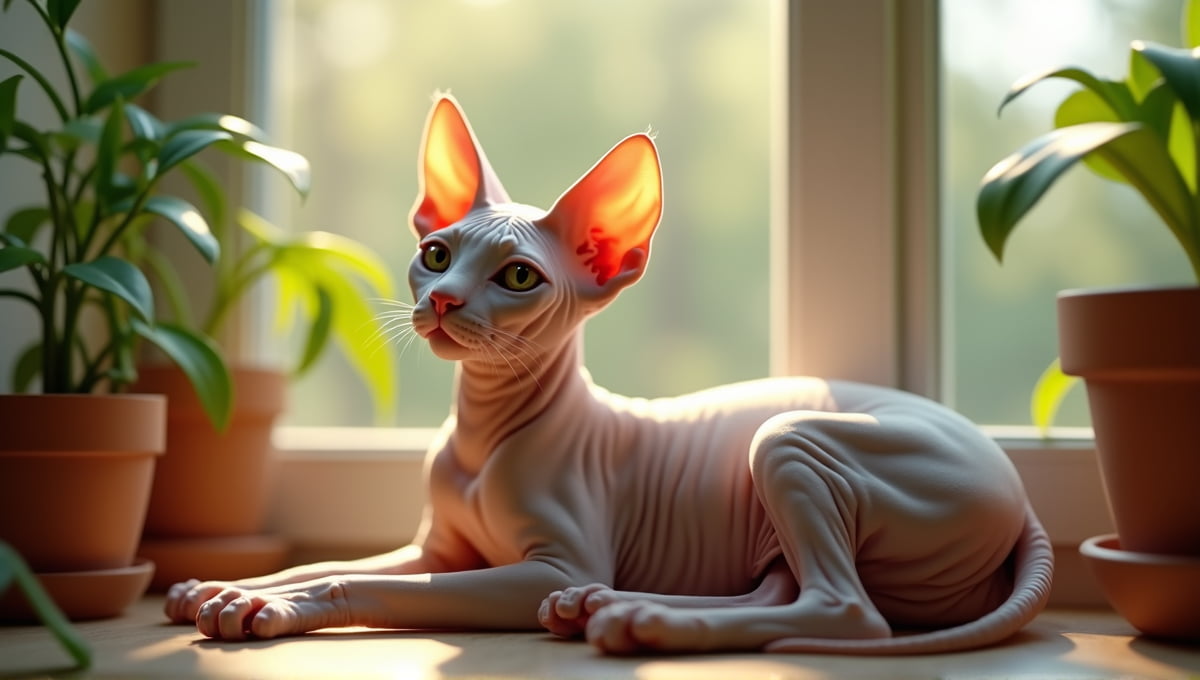As someone who’s been writing about cats for years, I’ve seen many cat owners who simply can’t keep up with a high-maintenance breed. Low-maintenance cat breeds are excellent choices for busy individuals and first-time cat owners.
These cats require less grooming, have relaxed personalities, and are easy to acclimate to different living situations. These are the best low-maintenance cat breeds you’ll enjoy because they won’t constantly demand your time and attention.
Low-Maintenance Cat Breeds: An Overview
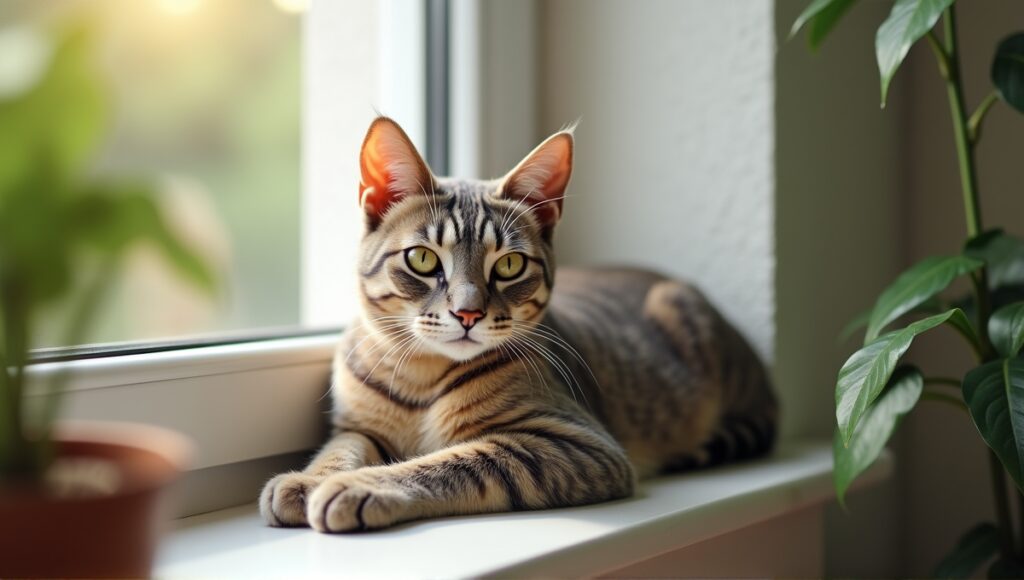
Low maintenance cats are cats that require very little care and attention. These breeds typically have short coats that are easy to groom and independent personalities. They’re ideal for people with busy schedules and those who prefer a more hands-off approach to pet care.
Attributes of low maintenance breeds:
- Short or no hair
- Independent
- Low to moderate
- Occasional health problems
- Adaptable
Selecting a low maintenance cat has several advantages. You’ll save time on grooming and daily care. Most of these cats are happy to entertain themselves, so they’re great options for busy households. They also have fewer health issues, so you’ll spend less at the vet.
When choosing a low maintenance cat, think about your lifestyle and the amount of space you have in your home. Consider the amount of time you have to dedicate to pet care. You should also think about the upfront cost of food, grooming products, and vet bills. While these are all low maintenance cats, all cats require love, attention, and proper care to ensure they live a long, healthy life.
I’ve covered most cat breeds throughout my career. Low maintenance cats are an excellent choice for beginners and people with very busy schedules because they provide the companionship of a cat without constantly demanding attention. If you’re interested in exotic cat breeds, some of them can also be low maintenance.
Top Low-Maintenance Cat Breeds
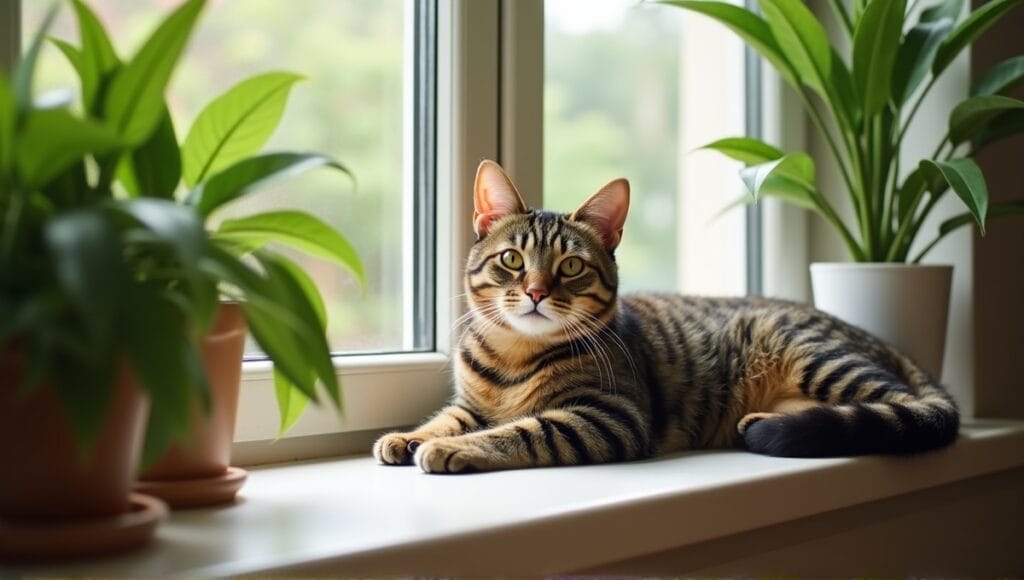
American Shorthair:
- Short dense coat
- Friendly and adaptable
- Moderate activity level
- Generally healthy
Russian Blue:
- Short plush coat
- Quiet and gentle
- Low shedding
- Tends to be a one person cat
Siamese:
- Short fine coat
- Vocal and intelligent
- Active and playful
- Low grooming needs
British Shorthair:
- Dense short coat
- Calm and easy going
- Adapts well to indoor living
- Relatively healthy breed
Scottish Fold:
- Short to medium length coat
- Sweet and quiet personality
- Moderately active
- Potential genetic health issues related to cartilage development
- Hairless breed
- Energetic and affectionate
- Requires regular skin care
- Needs protection from sun and cold
Each of these breeds has unique characteristics. American Shorthairs are great all-around cats that can adapt to most environments. Russian Blues are ideal if you want a quiet cat. Siamese cats bring intelligence and interaction without a lot of grooming needs.
British Shorthairs are laid back and easy to maintain. Scottish Folds are adorable with their folded ears, though you may want to watch their health a bit more closely. Sphynx cats require no maintenance of their fur as you would expect, though you need to provide regular skin care.
These breeds have proven to be adaptable to various household environments in my experience working at a boutique pet store. They frequently become cherished family pets with little effort.
Grooming Requirements for Low-Maintenance Cats
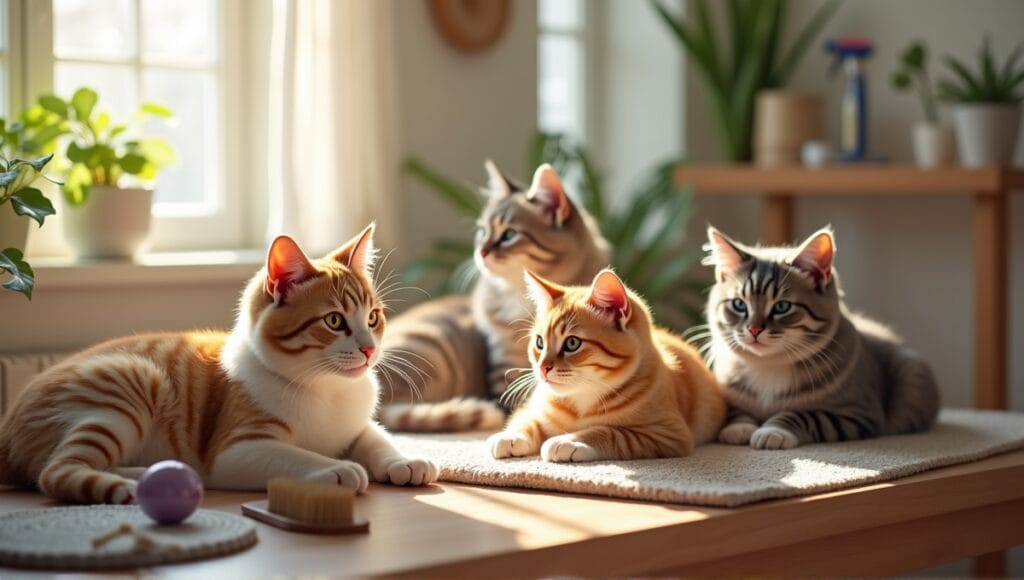
Short-haired breeds:
- Weekly brushing
- Occasional bath (if necessary)
- Nail clipping every few weeks
- Teeth brushing regularly
Hairless breeds:
- Weekly wipe down
- Regular bathing (often weekly)
- Ear cleaning
- Sun protection as needed
The basic grooming products for low maintenance breeds are a soft brush, nail clippers, and a pet-safe toothbrush. For hairless breeds, you’ll need pet-safe wipes or a soft cloth for skin care.
Most low maintenance breeds require grooming once or twice a week. This helps keep the coat or skin in good condition and control shedding. It also allows you to bond with your cat and check for any health issues.
You can start grooming your cat when they’re a kitten to make it easier. Use treats and praise to ensure they enjoy the experience. Keep the grooming session short, and if your cat seems stressed, stop and try again later. By grooming them regularly, you can prevent matting and excessive shedding, which saves you time in the long run.
I’ve worked with many cat owners to establish grooming routines, and even the most independent cats benefit from grooming. It’s a small time investment that pays off in your cat’s health and appearance. For those interested in cats with more elaborate grooming needs, long-haired cat breeds might be worth exploring.
Health Considerations for Low-Maintenance Cat Breeds
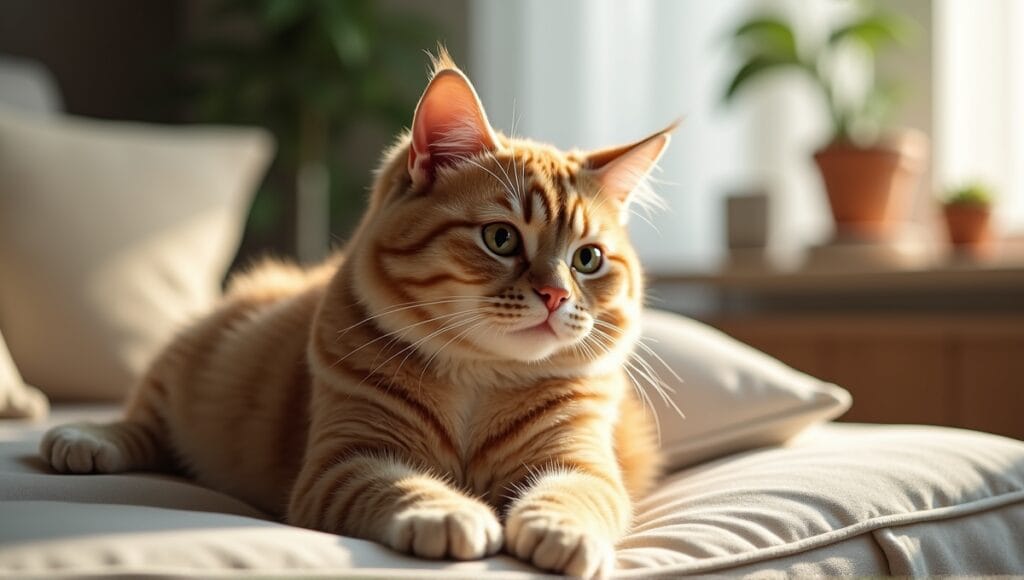
Low maintenance cat breeds are less prone to health issues, but they can still experience common cat problems. These include dental issues urinary issues and obesity. Some breeds are prone to specific health issues. For example, Scottish Folds may have joint problems due to their genetic mutation.
All cats need preventive healthcare. Schedule regular checkups with your vet. Keep your cat current on vaccinations. Use flea tick and worm prevention as directed by your vet.
Quality nutrition is key to cat health. Feed your cat a high quality diet suitable for their life stage and activity level. Avoid feeding them too much to prevent obesity. Make sure they always have fresh water.
Most cats need annual booster shots for core vaccines. And you’ll likely use parasite prevention products monthly. Your vet can help you create a personalized healthcare plan for your cat.
In my experience working with cats, I’ve also seen the difference that preventive healthcare can make. Even the most low maintenance cat breeds still need regular vet visits to ensure they stay healthy and happy.
Exercise and Play Requirements
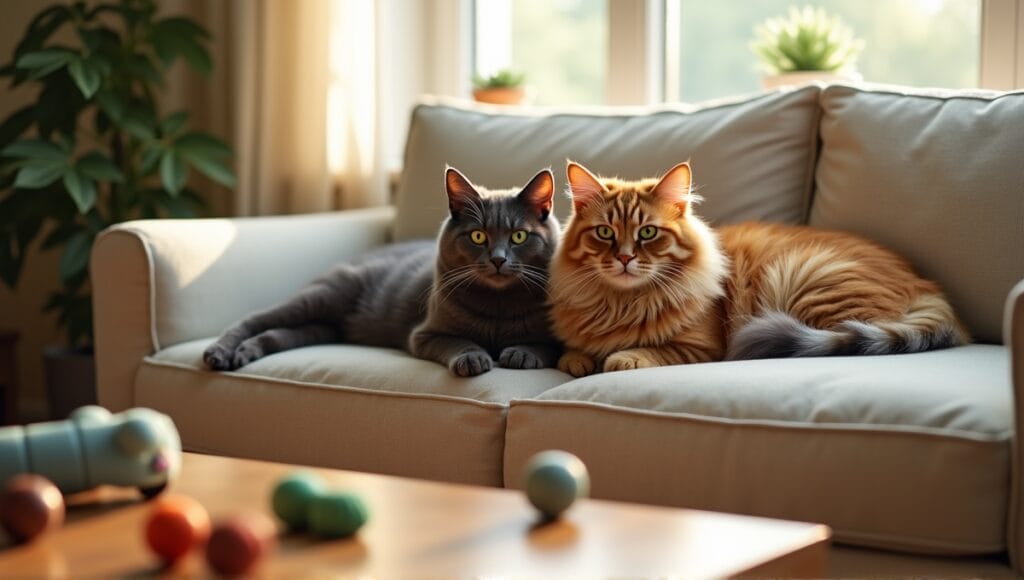
Low maintenance cats typically have a moderate activity level. They enjoy play, but they don’t need play all day long. Interactive toys, such as wand toys, laser pointers, and puzzle feeders, work well for these cats because they stimulate your cat’s hunting instincts.
Integrate play into your daily schedule. Play with your cat for about 10-15 minutes at a time once or twice per day. This will often be enough activity to prevent your cat from becoming bored and obese.
Playing with interactive toys also builds a stronger relationship between you and your cat. It provides your cat with mental stimulation and physical exercise. Even low maintenance cats will benefit from the increased mental stimulation.
I’ve seen many cats transform into a more content, well behaved cat simply by playing more. It’s an easy way to make your cat’s life more fulfilling and keep them healthy. If you’re interested in more active breeds, bengal cat characteristics might be worth exploring.
Temperament and Social Needs
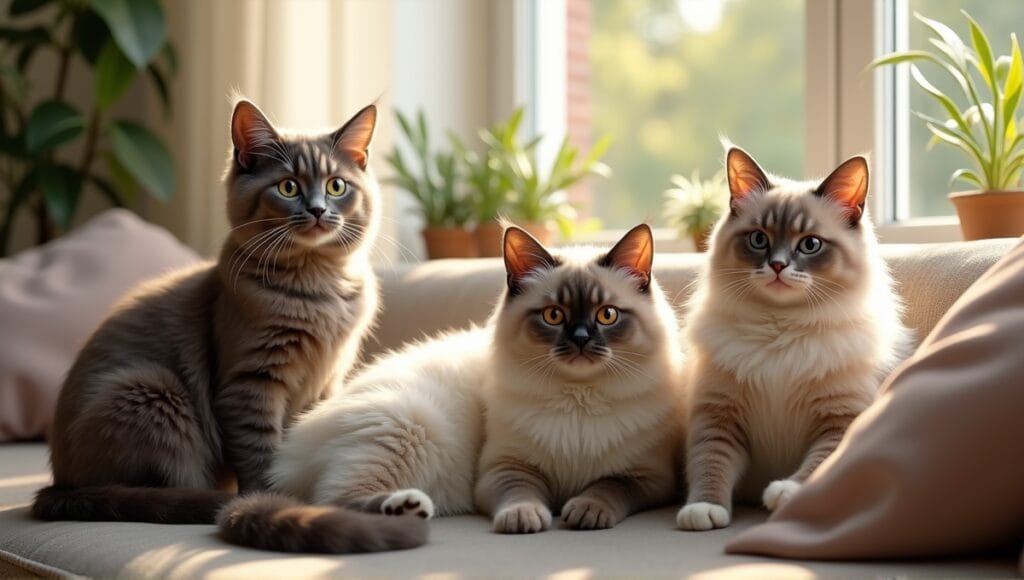
Independent and adaptable: Low-maintenance cats are independent and adaptable. They’re happy alone but still enjoy the company of people. Most are great with kids and other pets if properly socialized.
Doesn’t constantly seek attention: These cats are happy to sit nearby while you work or watch TV. Some breeds, like Siamese, are more chatty and playful.
Adaptable to different living situations: Most low-maintenance cats are happy in any living situation, whether that’s an apartment or a house. Many are also perfectly content to be indoor-only cats.
How do low-maintenance cats show they’re happy?
- Relaxed body language
- Regular grooming and eating
- Mild interest in play and interacting
- Calm behavior
In my experience, cats aren’t very overt about showing when they’re happy. So a happy, well-cared-for cat is generally just a calm, laid-back cat. If you’re looking for particularly friendly cat breeds, there are several options to consider.
Adopting vs. Buying Low-Maintenance Cats
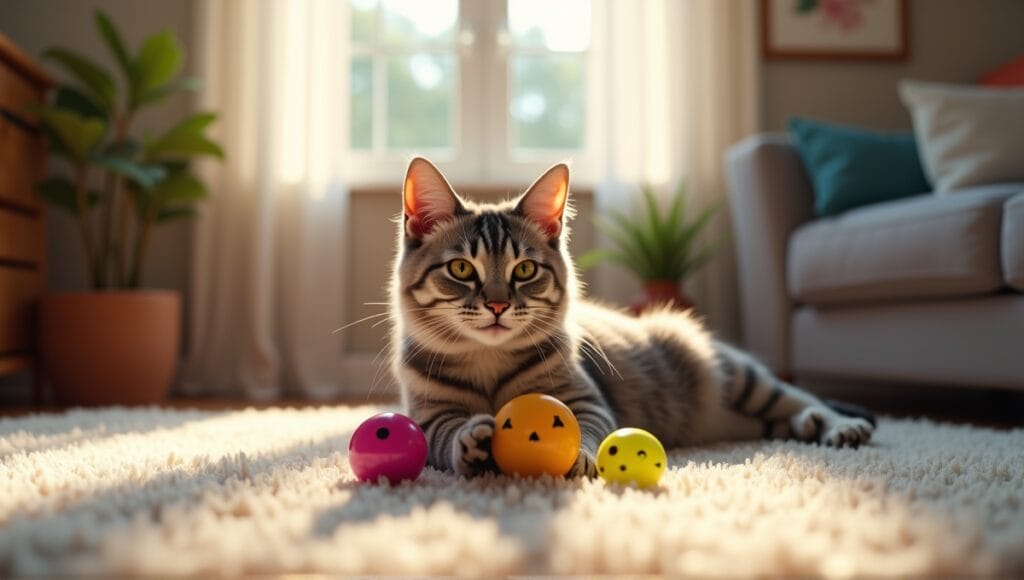
Adult cats are a great option because you already know the cat’s personality. You can also more accurately evaluate the cat’s care needs. Many shelter cats are spayed or neutered and have their first round of vaccinations.
Before bringing a cat home, evaluate its grooming needs, activity level, and health history, as these factors will impact the care the cat requires.
Questions to ask when adopting or buying:
- What does the cat do throughout a typical day?
- How often does the cat require grooming?
- Does the cat have any health problems you know of?
- How does it get along with people and other animals?
I’ve consulted with many people to help them find the right cat. Regardless of whether you’re adopting or buying, take the time to find a cat that matches your lifestyle. A well-matched, low-maintenance cat can provide years of happiness with little effort. If you’re considering different types of cats, mixed breed cats can also make excellent low-maintenance pets.
Final Takeaways
Opting for a low maintenance cat breed is both a great decision and a great experience. These cats provide the comfort of a companion with minimal to moderate time and energy requirements. Each breed, from the American Shorthair to the Sphynx, has slightly different characteristics that make it a good fit for your lifestyle. Keep in mind grooming, health, and play needs can still differ even among low maintenance cats. By analyzing and researching each breed, you’ll easily select an excellent feline companion. Your new cat will then provide comfort and happiness in your home for years to come.


